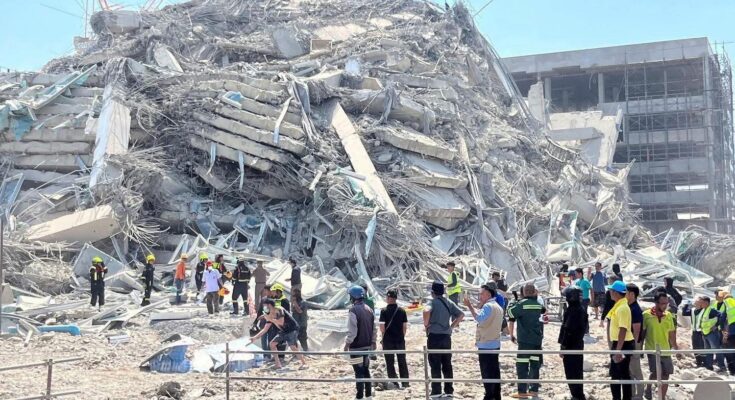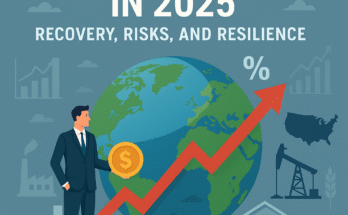On March 28, 2025, a 7.7-magnitude earthquake in Myanmar sent shockwaves across Thailand, causing widespread panic and structural damage, particularly in Bangkok. The Thai capital has been declared a Level 2 disaster zone, with authorities actively managing rescue efforts and warning of potential aftershocks. The tremors led to severe infrastructure damage, leaving many residents fearing for their safety.
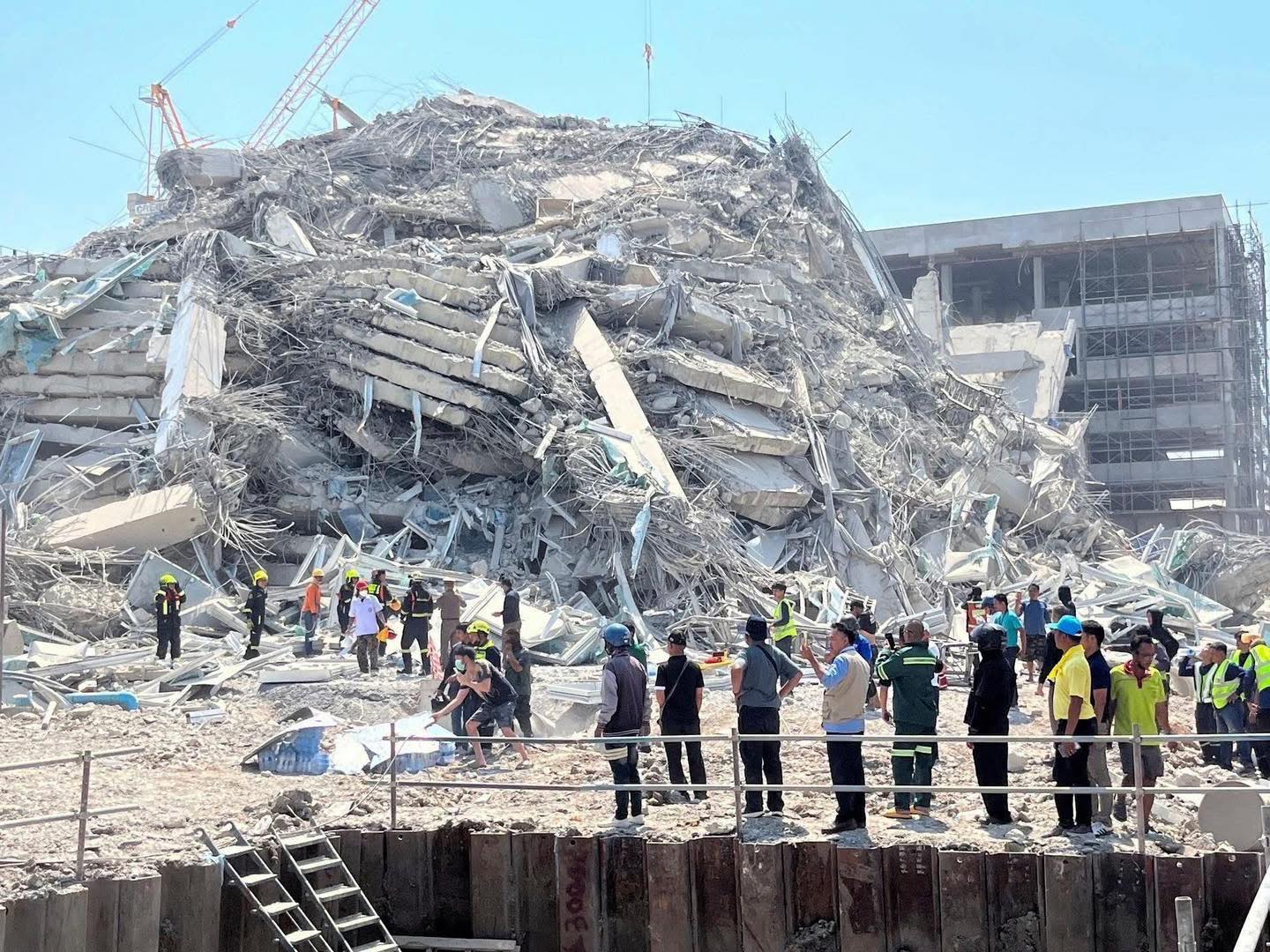
Immediate Impact and Structural Damage
The earthquake’s tremors were felt across Thailand, with Bangkok experiencing the most severe consequences. Buildings swayed, and many residents evacuated into the streets as alarms blared. Authorities reported that a bridge at a luxury condominium in Thonglor collapsed, injuring several people and causing significant disruption in one of the city’s most affluent neighborhoods. Meanwhile, in Chatuchak, a construction site collapsed, trapping at least 43 workers under debris. Emergency services, alongside military personnel, launched immediate rescue efforts.
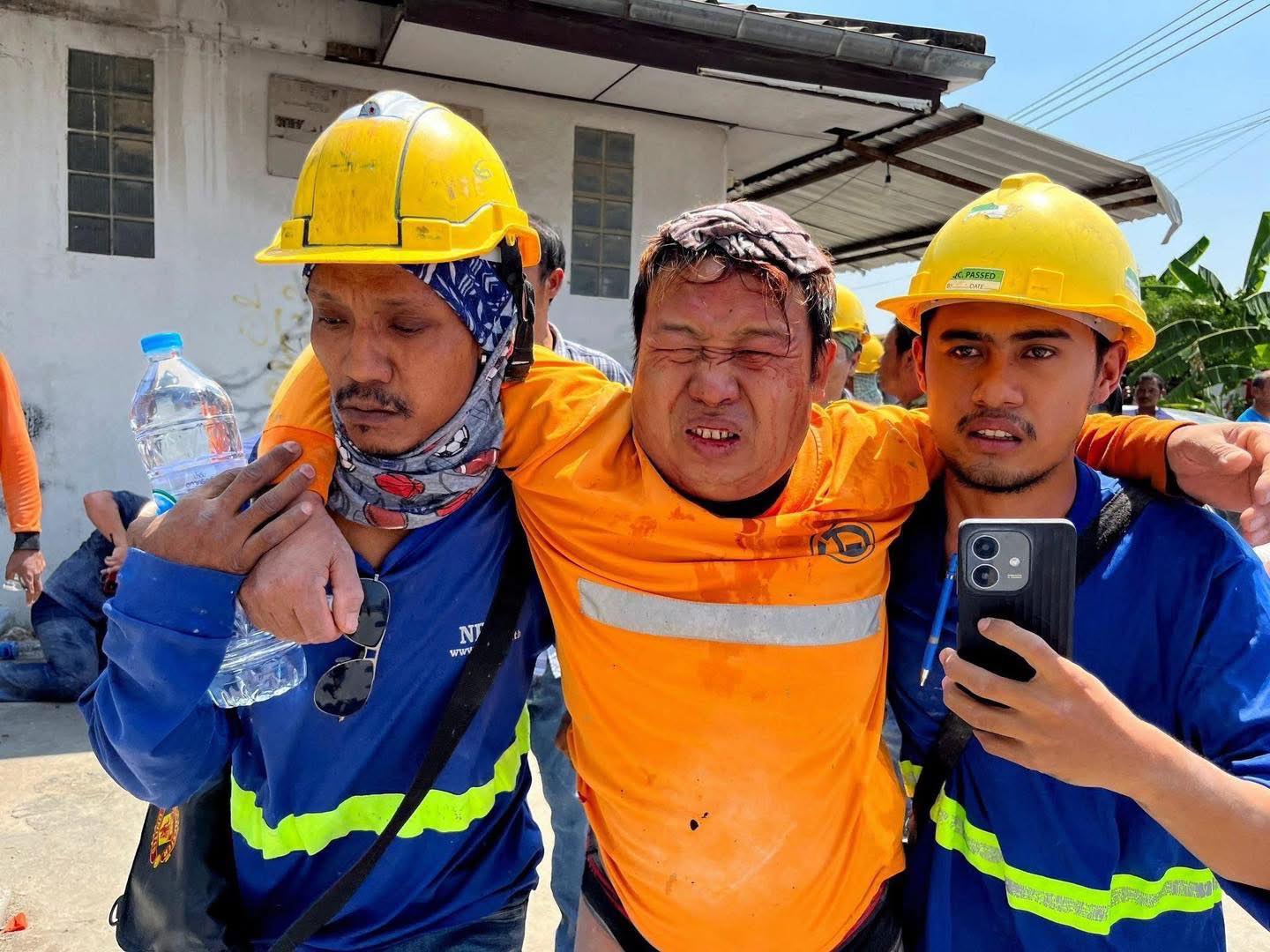
Shopping malls, including Siam Paragon, CentralWorld, and MBK Center, were evacuated as a precautionary measure due to concerns over structural integrity. In addition, BTS Skytrain and MRT subway services were temporarily halted for safety inspections, leading to massive traffic congestion as commuters scrambled for alternative transport.
Government and Emergency Response
Following the disaster, Prime Minister Paetongtarn Shinawatra addressed the nation, urging citizens to remain calm and follow safety protocols. The government activated emergency response teams, dispatching military units to affected areas. The Royal Thai Army and the Bangkok Metropolitan Administration (BMA) were deployed to assist in clearing debris and rescuing those trapped under collapsed structures.
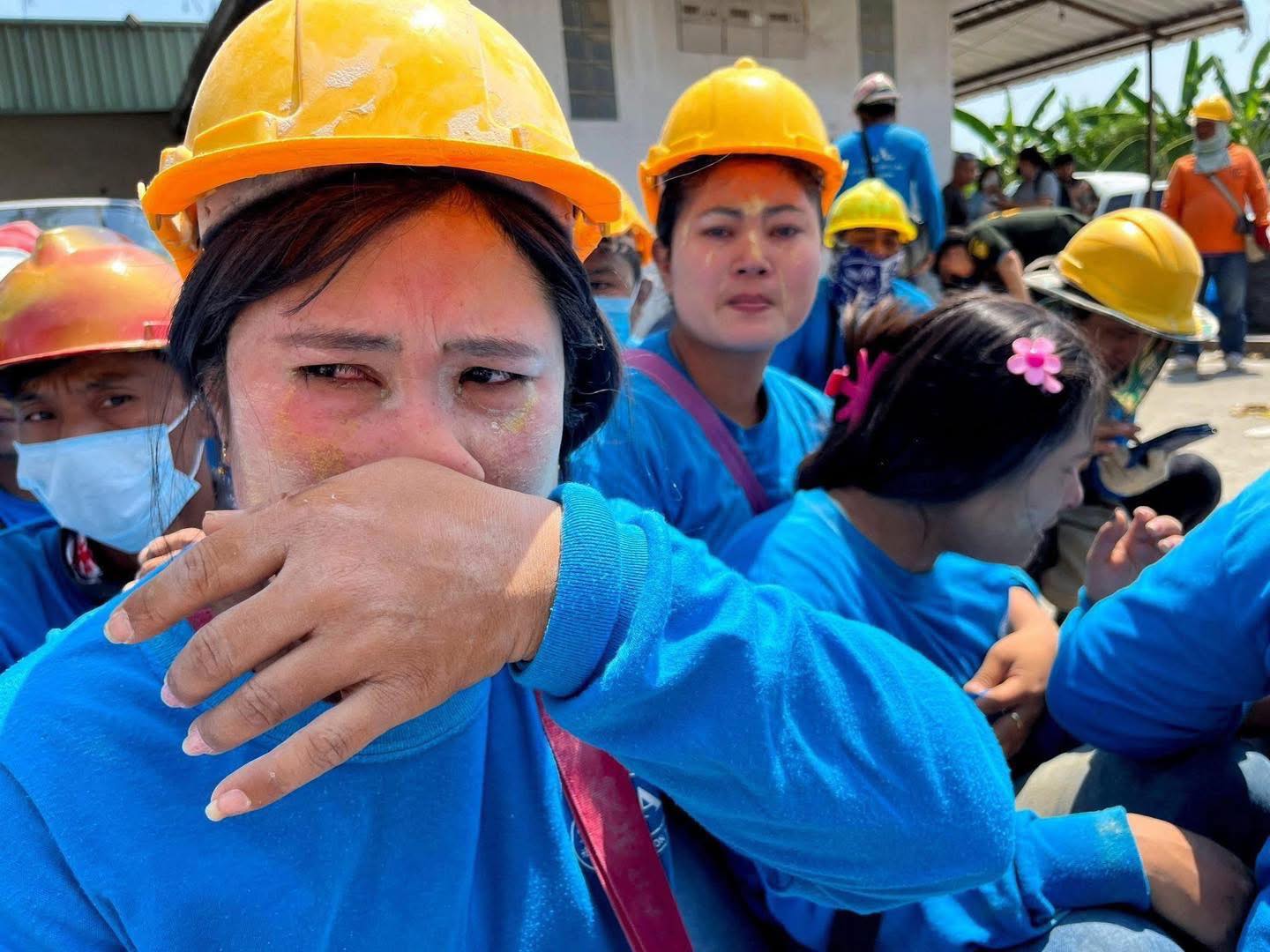
A nationwide SMS alert system was activated, warning residents of possible aftershocks and advising them to stay away from unstable buildings. Hospitals across Bangkok were placed on high alert, with emergency rooms receiving dozens of injured individuals from affected areas. The government also set up temporary shelters for those whose homes had been deemed unsafe.
Casualties and Rescue Efforts
As of the latest reports, five confirmed deaths have been linked to the earthquake in Thailand, while dozens remain missing. Rescue operations are underway in several locations, particularly at the Chatuchak construction site, where authorities are working tirelessly to extricate trapped workers.

Specialized search-and-rescue teams equipped with thermal imaging cameras and sniffer dogs have been deployed to detect survivors beneath the rubble. However, aftershocks continue to pose a threat, with authorities fearing additional collapses in already weakened structures.
Economic Impact and Infrastructure Concerns
The earthquake has not only resulted in human casualties but also poses a significant challenge to Thailand’s economy. The temporary closure of major shopping malls, disruption of public transportation, and damage to commercial buildings are expected to have financial repercussions. Experts estimate that the economic damage could run into billions of baht, considering repair costs and business interruptions.
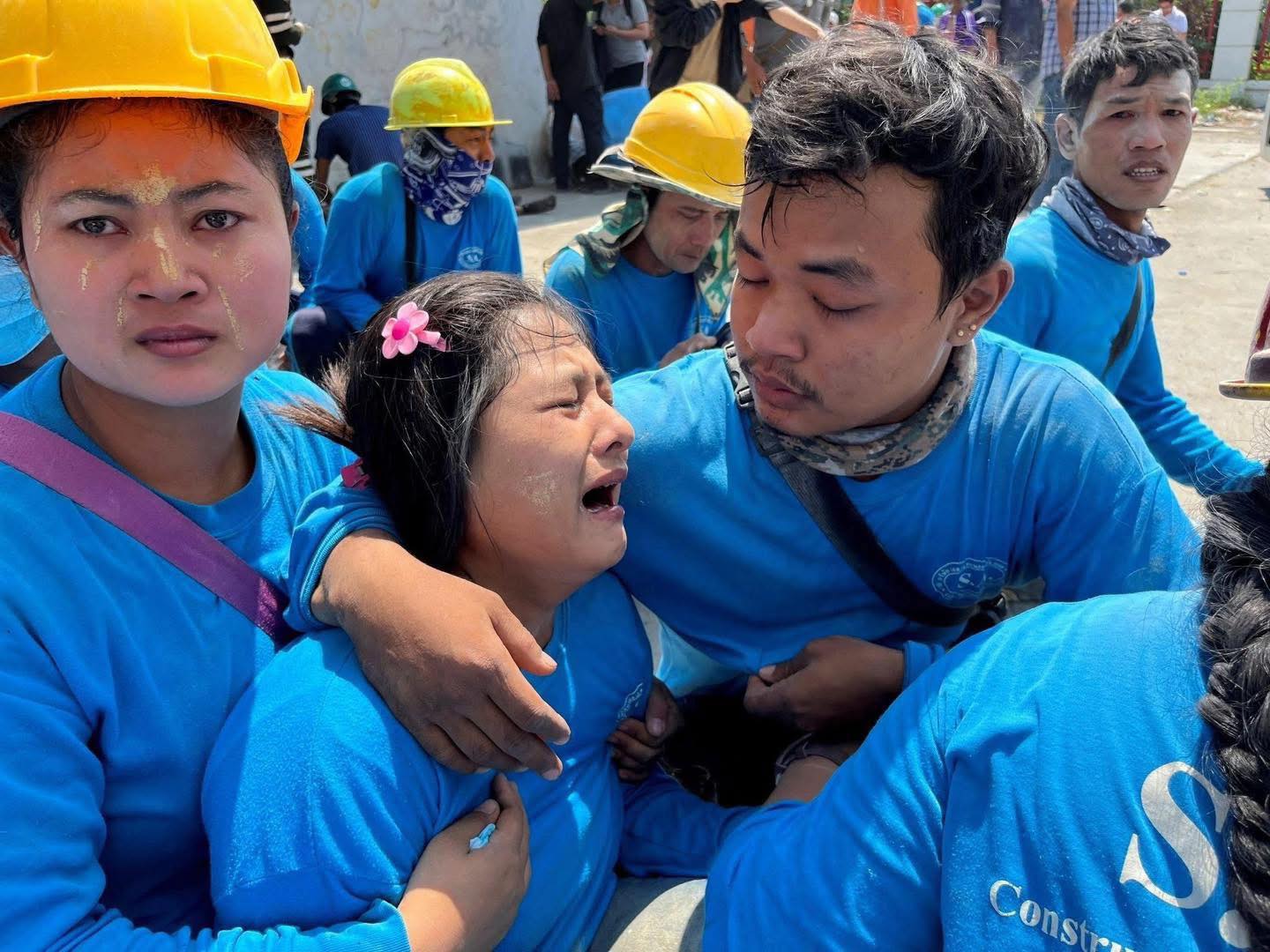
Furthermore, structural engineers have begun conducting safety inspections on high-rise buildings, bridges, and transit systems. Older structures that may not have been built to withstand such seismic activity are under scrutiny, and authorities may enforce stricter building regulations in response to the disaster.
Public Reaction and Social Media Response
Videos and images of swaying skyscrapers, collapsed bridges, and evacuations flooded social media platforms shortly after the earthquake struck. Citizens took to Twitter and Facebook to share their experiences, with hashtags like #ThailandEarthquake and #PrayForBangkok trending globally.
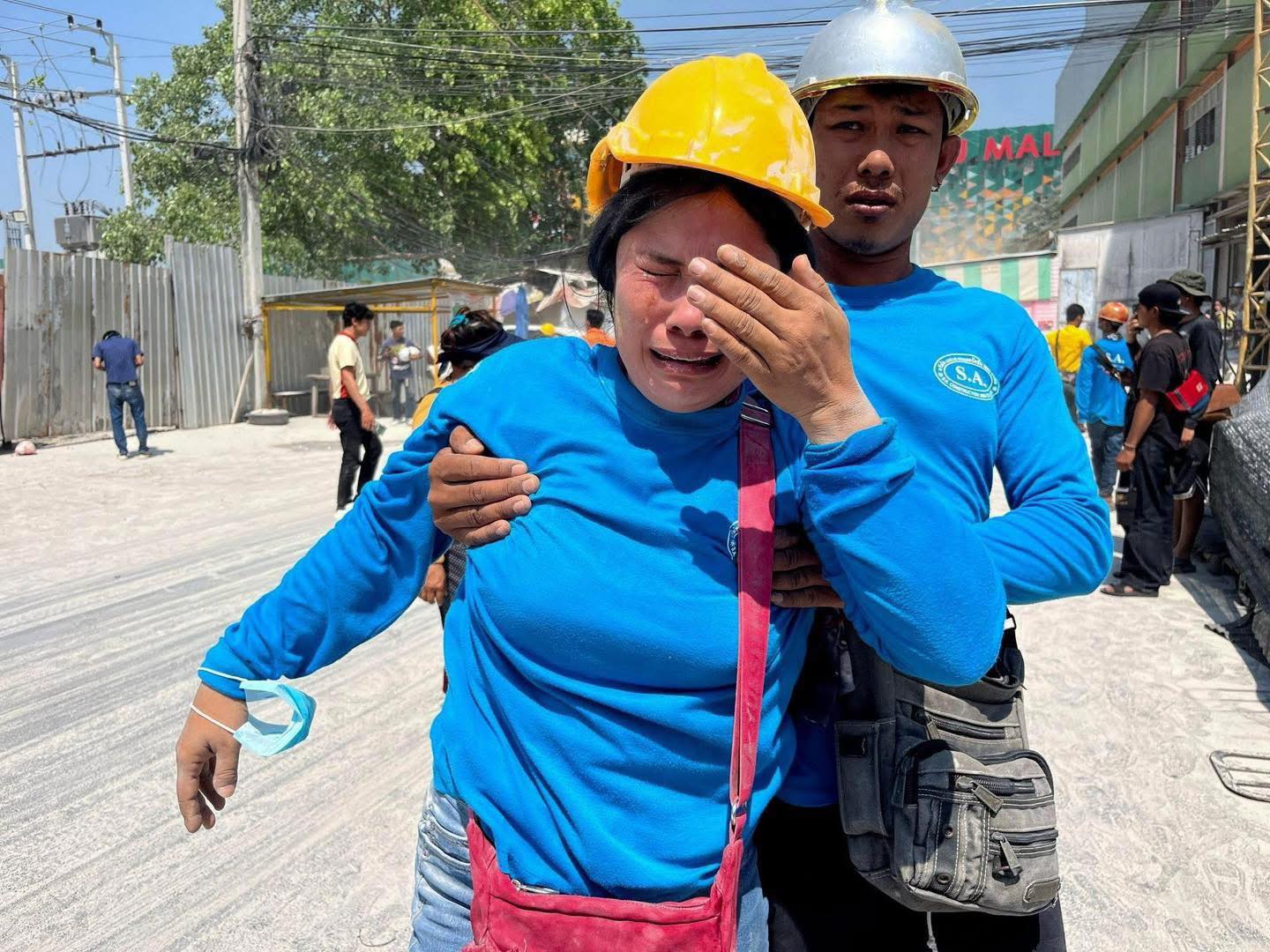
Reports of panic buying also emerged, with residents rushing to supermarkets to stock up on essentials such as food, water, and emergency supplies. Meanwhile, local businesses have begun fundraising efforts to support those affected, showcasing the resilience and solidarity of the Thai people.
International Aid and Support
Given the scale of destruction, Thailand has received offers of assistance from neighboring countries and international organizations. The United Nations Office for Disaster Risk Reduction (UNDRR) has pledged technical support to help Thailand assess long-term risks and improve earthquake preparedness.
Countries such as Japan and the United States, which have experience in handling major earthquakes, have also offered aid packages and technical expertise to support recovery efforts. The Thai government is currently assessing whether additional foreign assistance is necessary.
Future Preparedness and Lessons Learned
The 2025 earthquake serves as a stark reminder that Thailand, despite not being in a major seismic zone, is not immune to powerful earthquakes originating from neighboring countries. In response, experts are calling for the implementation of stricter building codes, improved emergency response protocols, and increased public awareness on earthquake preparedness.
Authorities are expected to review and update Thailand’s National Disaster Management Plan, focusing on enhancing early warning systems, evacuation procedures, and public education campaigns.
